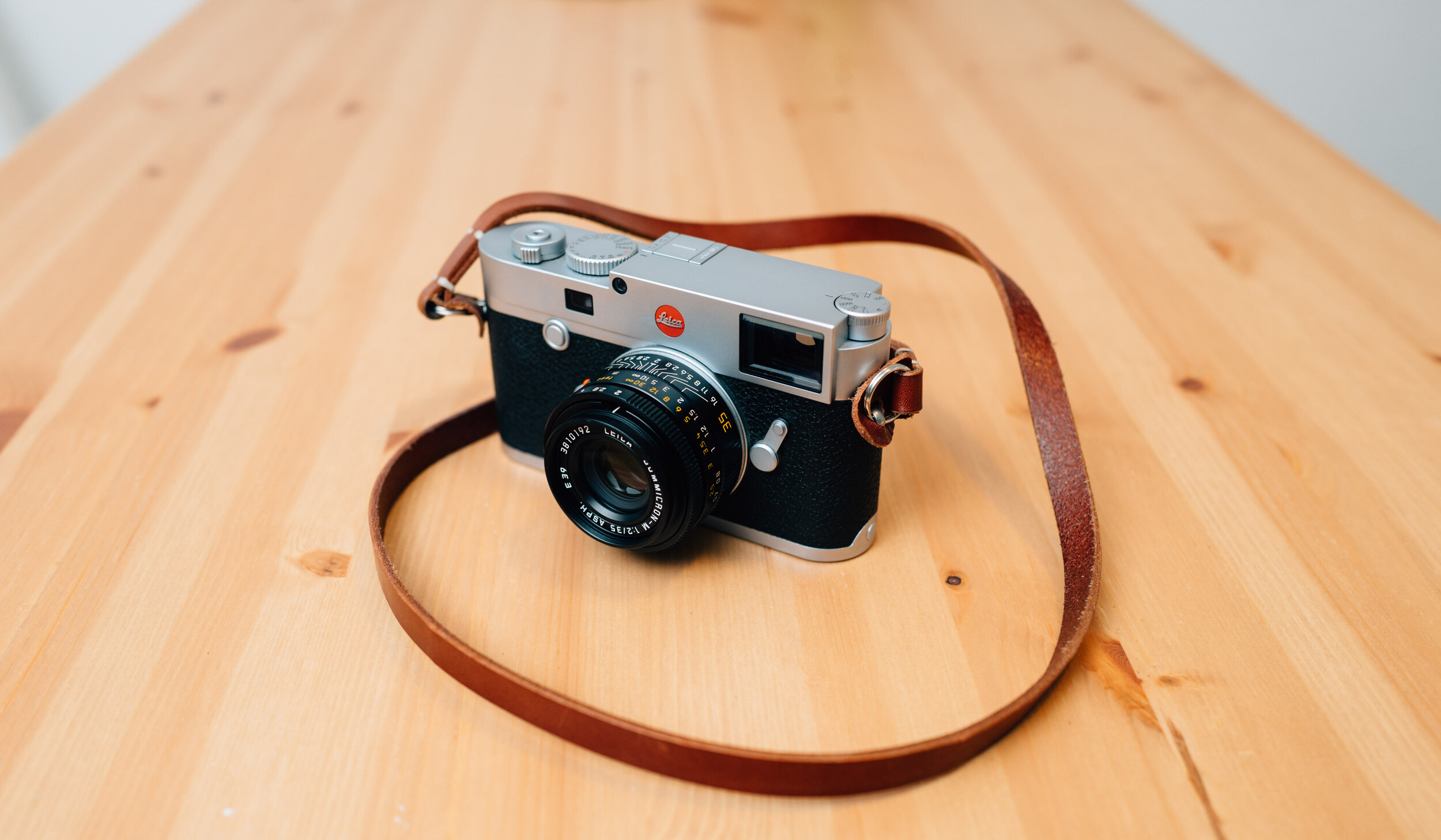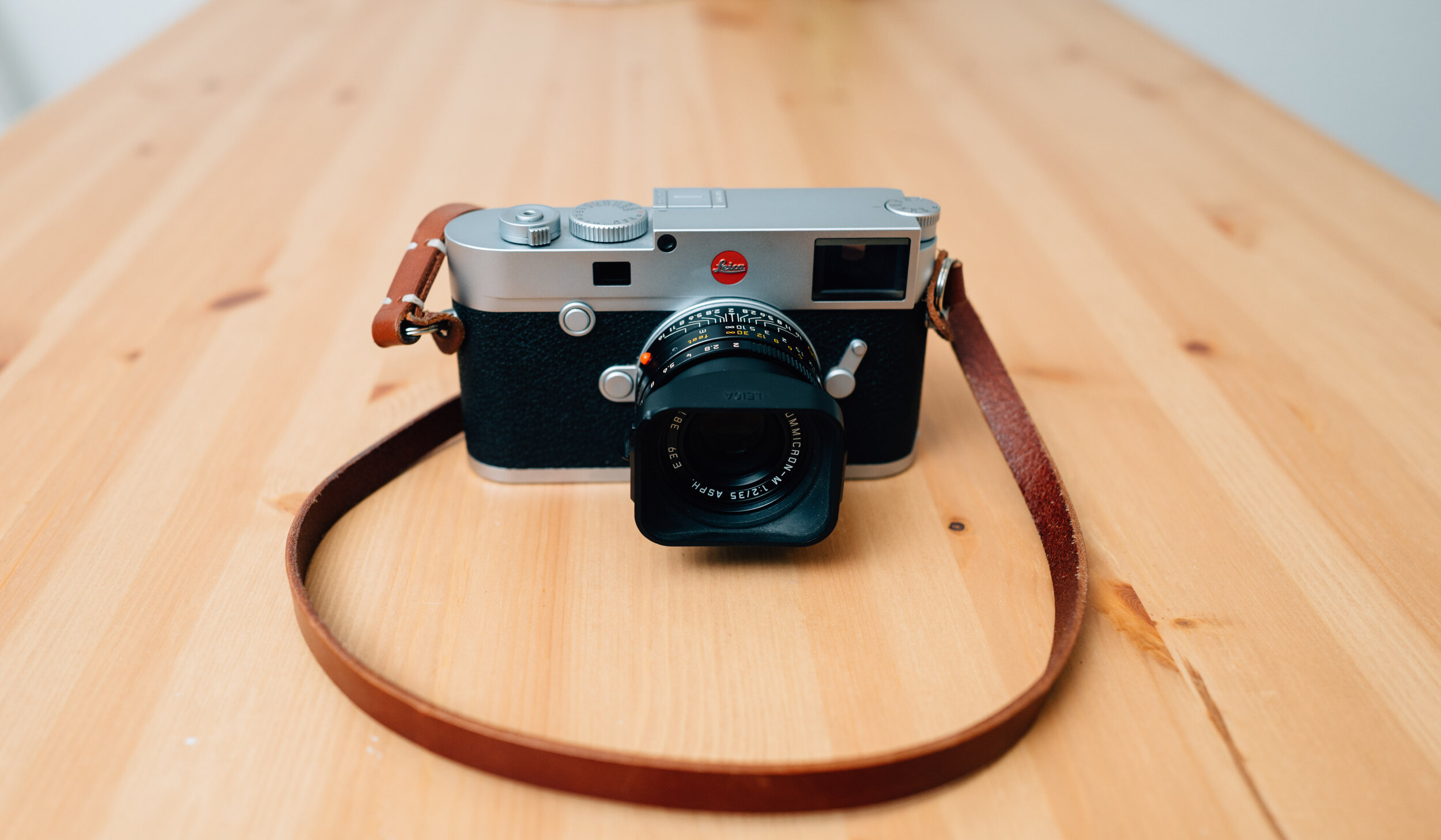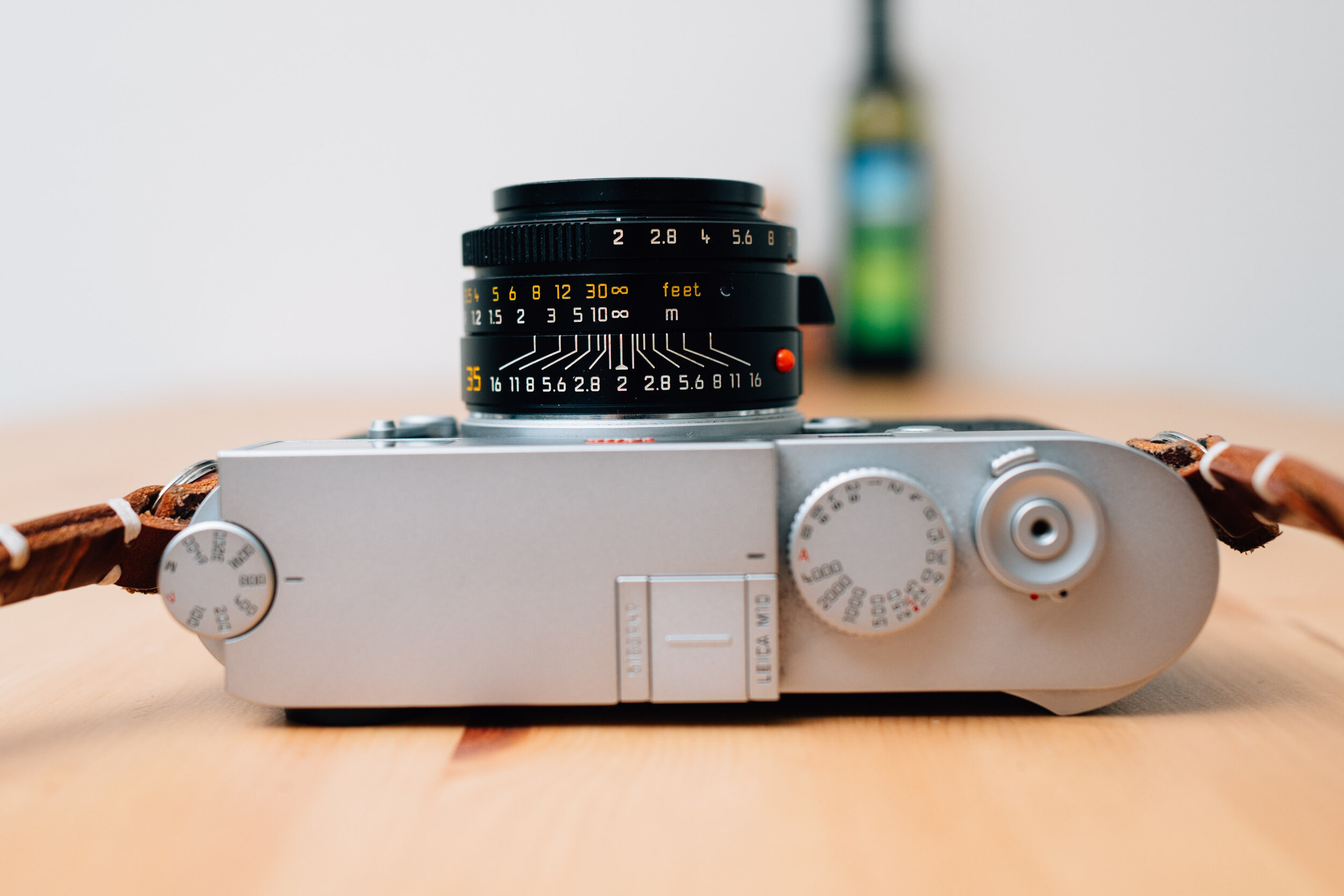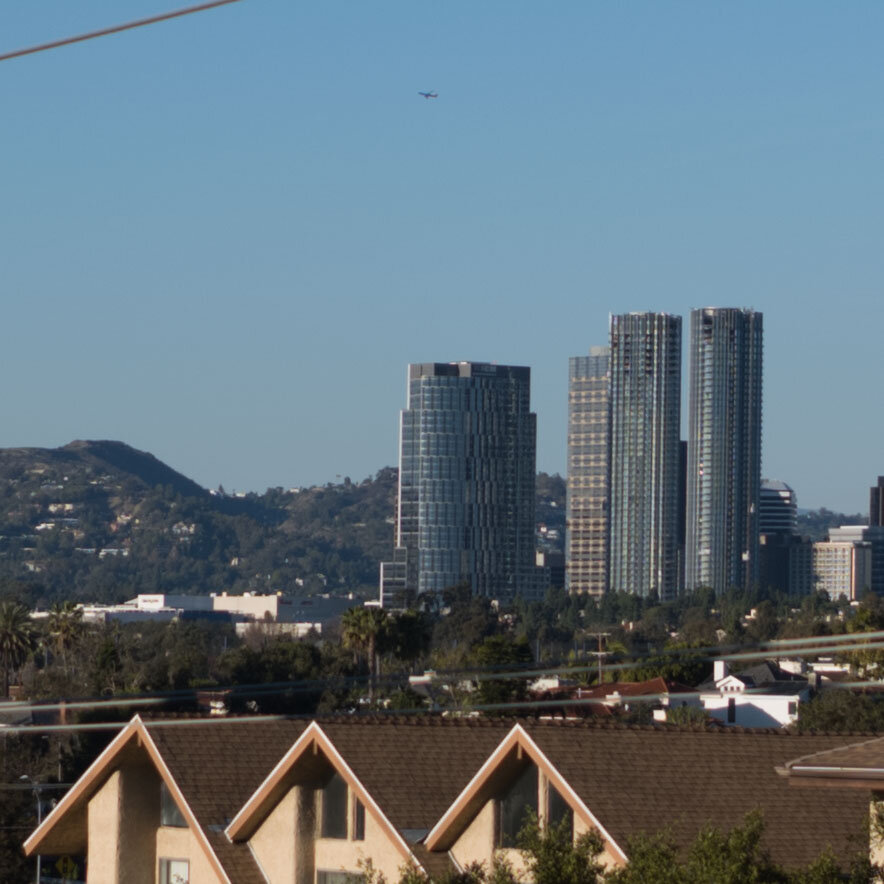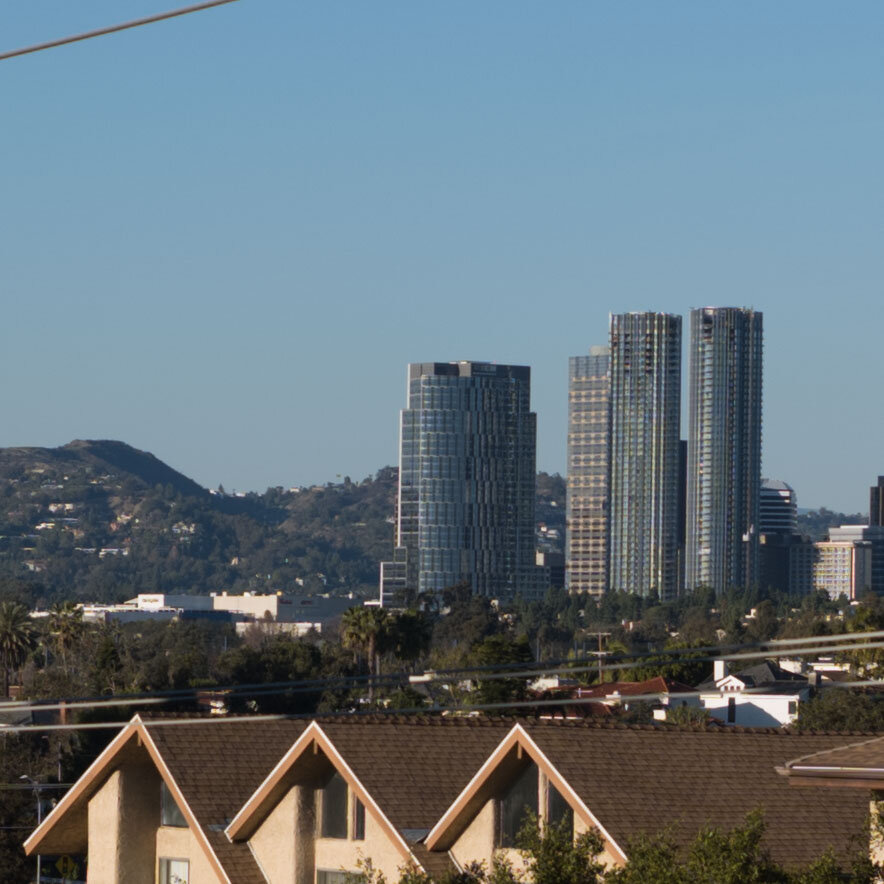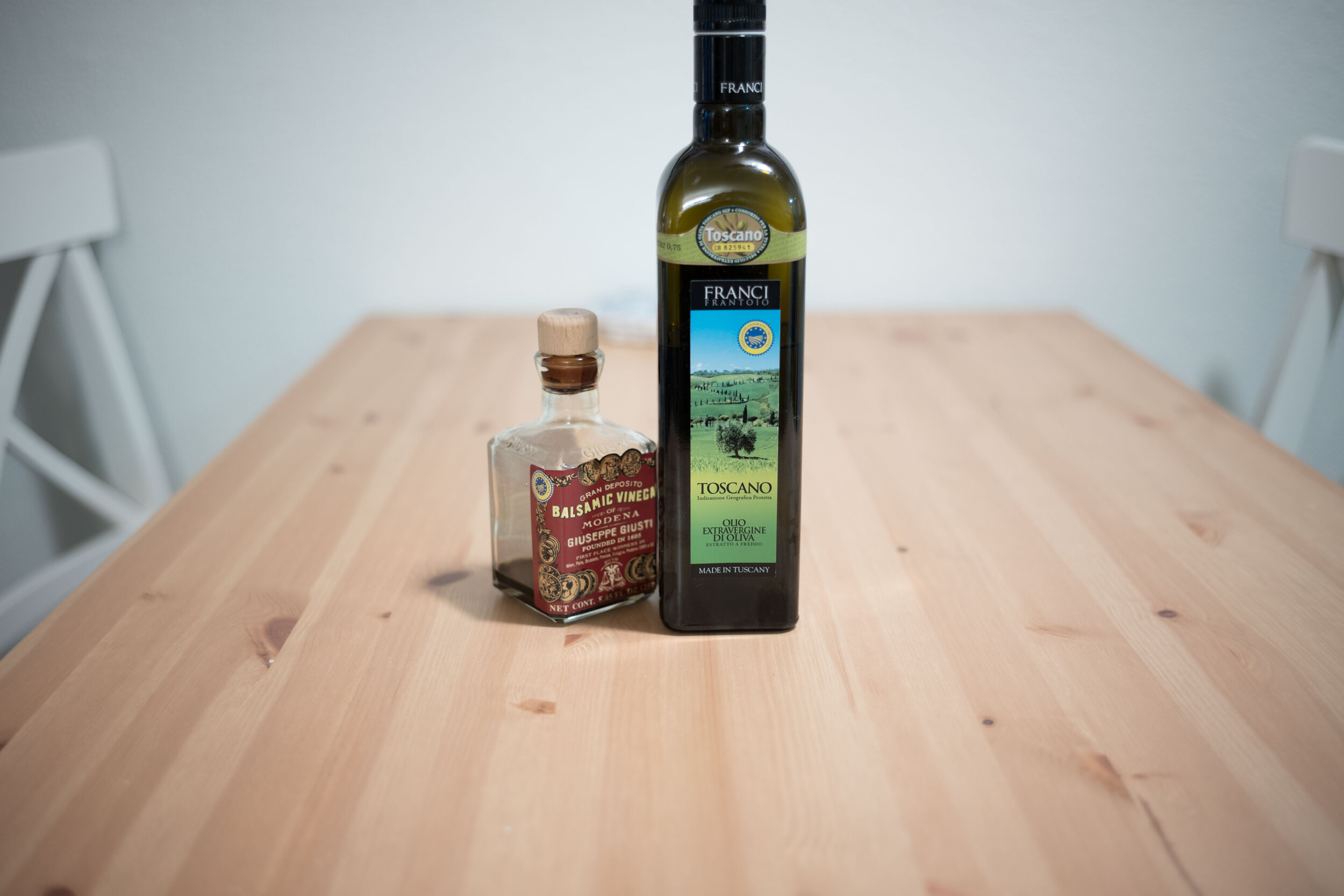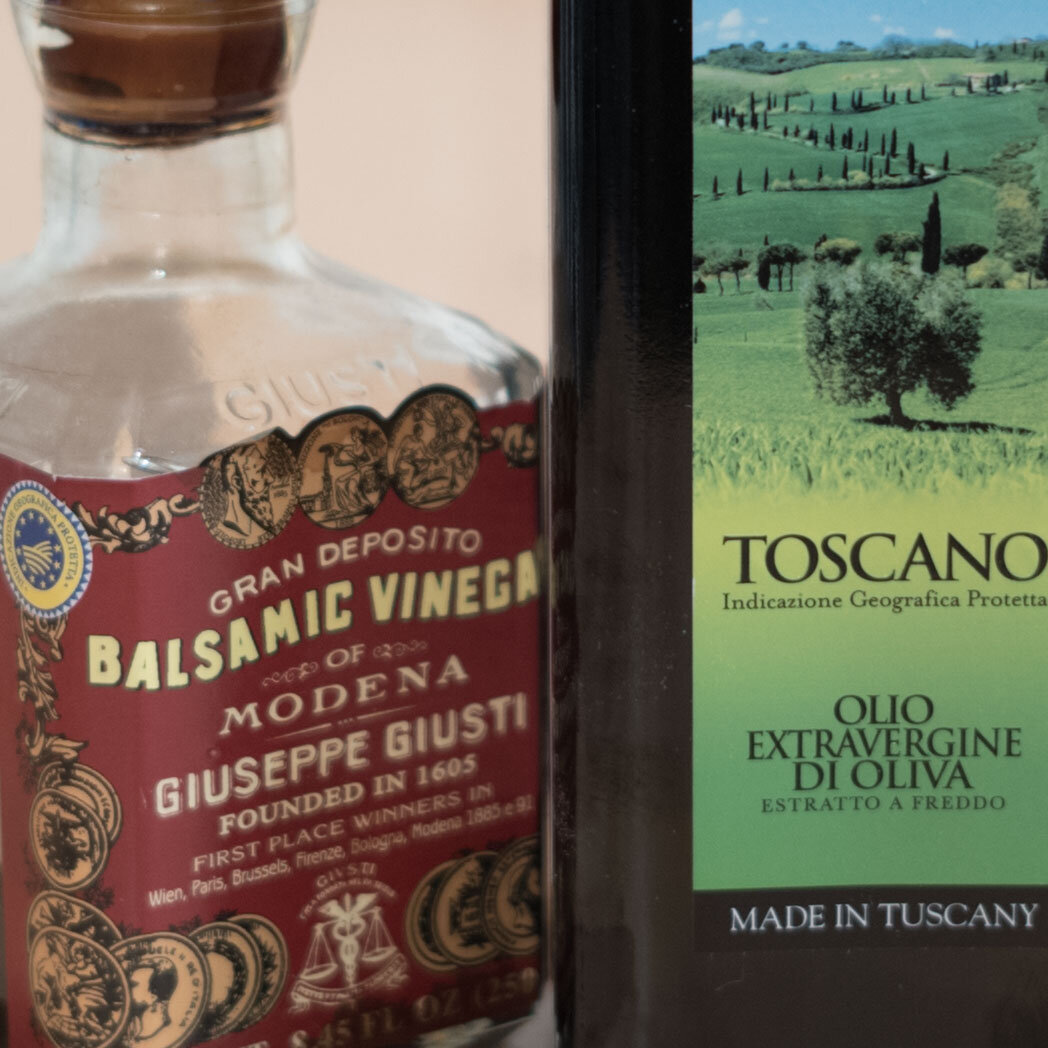Updated March 2025
Introduction
The Leica 35mm f/2 Summicron ASPH is a sentimental lens for me, since it was the first lens I used when I started shooting with the Leica M9. The 35 Summicron a highly popular lens because it delivers good image quality in a tiny package with fantastic handling.
This lens was released in 1996, and a version 2 was released in 2016. The 2016 version replaced the plastic clip-on hood with a sturdier metal one and has more aperture blades. Otherwise it is essentially the same lens. The lens I used to write this review is the Version 1, but all aspects other than the hood can be generalized to either version.
Leica M9
Leica M6 TTL, Tri-X 400
Leica M6 TTL, Portra 400
Leica M6 TTL, Portra 400
Build quality and mechanics
Construction is all-metal except for the plastic hood on version 1. On my copy, I was bothered by the fact that the aperture ring wiggled forward and back. This wasn’t an issue on some other copies I have seen, so it was probably an isolated defect. A more common issue is that on some copies, the clip-on hood doesn’t fully lock on and will pop off if bumped. My copy didn’t have this issue, and the newer version avoids this entirely with a metal screw-on hood.
I could not be happier with the feel of the focusing tab, which is light and buttery smooth.
Size and handling
Size and handling are perfect. I think the design looks great and it feels perfectly balanced on an M camera.
Image quality
Distortion:
There is a slight amount of pincushion distortion which is automatically corrected in Lightroom and never bothered me anyways.
Sample photo with distortion correction disabled
Vignetting:
Nothing excessive, even wide-open.
Chromatic aberration:
Under normal conditions, I see absolutely no chromatic aberration anywhere. In one picture I took with harsh highlights, I was able to see some purple fringing in the corners:
This is actually a crop from the photo at the top of this review. I was able to easily remove the purple using Lightroom in the final version. This is literally the only time color fringing has showed up for me with this lens, so I wouldn’t worry about it.
Bokeh:
Background blur has some “soap-bubble bokeh” which can make backgrounds appear harsh. This could be a downside for some people but I personally like it, and in fact some people seek out vintage lenses specifically for this type of rendering (e.g. the 8 element 35 Summicron).
At intermediate and far distances, a 35mm f/2 lens struggles to separate subjects as much as a 35/1.4 lens, which is why I ultimately switched to the Leica 35 Summilux.
Leica M9
Leica M9
Leica M6 TTL, Portra 400
Leica M6 TTL, T-Max 100
Leica M6 TTL, Fujicolor C200
Sharpness, infinity:
Overview image
Center, f/2
Center, f/4
Mid-frame, f/2
Mid-frame, f/4
Edge, f/2
Edge, f/4
Corner, f/2
Corner, f/4
The Summicron is bitingly sharp in the center even wide-open. There is some resolution loss at the edges and corners which improves significantly by f/4.
Sharpness, mid-distance (1.5m):
Overview image
Center, f/2
Center, f/4
Mid-frame, f/2
Mid-frame, f/4
Edge, f/2
Edge, f/4
Corner, f/2
Corner, f/4
Although the Summicron is razor-sharp in the center, it degrades significantly in the edges and even mid-frame. This is disappointing as the mid-frame is where your subject is placed when using the rule of thirds. At f/2, these subjects will appear somewhat unsharp.
Sharpness, minimum distance (0.7m):
Overview
Center, f/2
Center, f/4
The Summicron remains quite sharp in the center even at 0.7m, and I detect no significant focus shift.
Summary and recommendations
Leica M6 TTL, Portra 400
Leica M6 TTL, CineStill 50D
The 35 Summicron ASPH is a lens with fantastic handling and acceptable image quality. I thoroughly enjoyed using mine and only sold it because I wanted f/1.4. But when spending $3,995 for a 35/2 lens, shouldn’t we expect image quality that’s better than just acceptable? Other Leica lenses justify their price tags with incredible optical performance (such as the 21/3.4 or the 75/2) or by delivering a combination of size, speed, and sharpness that’s not available anywhere else (such as the 35/1.4 FLE). The 35 Summicron ASPH, on the other hand, is remarkably average. I bet the Summicron was an incredible lens when it was released in 1996, as aspherical lenses were still a relatively new technology. In the year 2025, however, the Summicron feels obsolete and overpriced. Leica knows this, which is why in 2021 they released the 35 APO-Summicron.
If you’re looking for a general purpose 35mm lens, I would recommend the Voigtlander 35mm f/2 Ultron (review) over the Summicron 100% of the time. It has at least as good image quality as the Summicron for a far lower price. Or, if you’re willing to drop thousands of dollars on a Leica lens, I would recommend spending extra to get the Leica 35 Summilux (review). The combination of f/1.4, great image quality, and excellent handling makes it much more worth the money than the Summicron.
If the Summicron interested you because you’re looking for an amazingly sharp 35mm, what you should get instead is one of the lenses from this list:
Zeiss 35mm f/2.8 Biogon
Voigtlander 35mm f/2 APO (review)
Leica 35mm f/2 Summicron APO
Zeiss 35mm f/1.4 Distagon (review)
Theses lenses all have their pros and cons. The Voigtlander 35 APO and Zeiss 35/1.4 are large, the Leica 35 APO is incredibly expensive, and the Zeiss 35/2.8 is slow. But all of them have far superior corner-to-corner performance than the lens reviewed here.
Good
Size and feel
Build quality
Central sharpness
Bad
Price
Disappointingly soft in the periphery
Buy here
Making this website is my hobby and hosting it costs $200/year. If you decide to buy this lens (which I don’t recommend) and want me to get paid a commission, please complete your purchase using my custom link. Alternatively, you can buy something from my accessories page or buy me a coffee!
Other alternatives (not recommended)
Zeiss 35mm f/2 Biogon
Voigtlander 35mm f/2.5
It’s hard to recommend these lenses since the Voigtlander 35/2 Ultron and the Zeiss 35mm f/2.8 Biogon are both better for a similar price.
Voigtlander 35mm f/1.4 Nokton Classic
This is a very popular lens since it’s f/1.4, tiny, and cheap. It’s never interested me due to its soft, vintage image quality, strong focus shift, and very messy rendering.
Voigtlander 35mm f/1.2 versions I-II
The version III of this lens is so much better that I don’t recommend anyone bother with versions I-II.
Leica 35mm f/1.4 Summilux Pre-FLE
I owned this lens before switching to the FLE version, and I don’t recommend it on digital because the focus shift is actually pretty bad. I had to compensate for this when shooting at f/2.8-f/4, and life’s too short for that.
TTArtisans 35mm f/1.4
7Artisans 35mm f/1.4
Phillipreeve.net has detailed reviews of both of these lenses. They’re both as large as the Zeiss 35/1.4, but with worse image quality, mechanical quality, and quality control. They are very affordable, but I would recommend saving up and buying a lens with fewer compromises.
Additional reading
More sample images
Leica M6 TTL, Portra 400
Leica M6 TTL, Portra 400
Leica M9
Leica M9
Leica M6 TTL, Agfa Precisa CT 100
Leica M9
Leica M9
M6 TTL, Portra 400
Leica M6 TTL, Ektar 100
Leica M6 TTL, CineStill 50D
Leica M6 TTL, Fuji Superia 400

